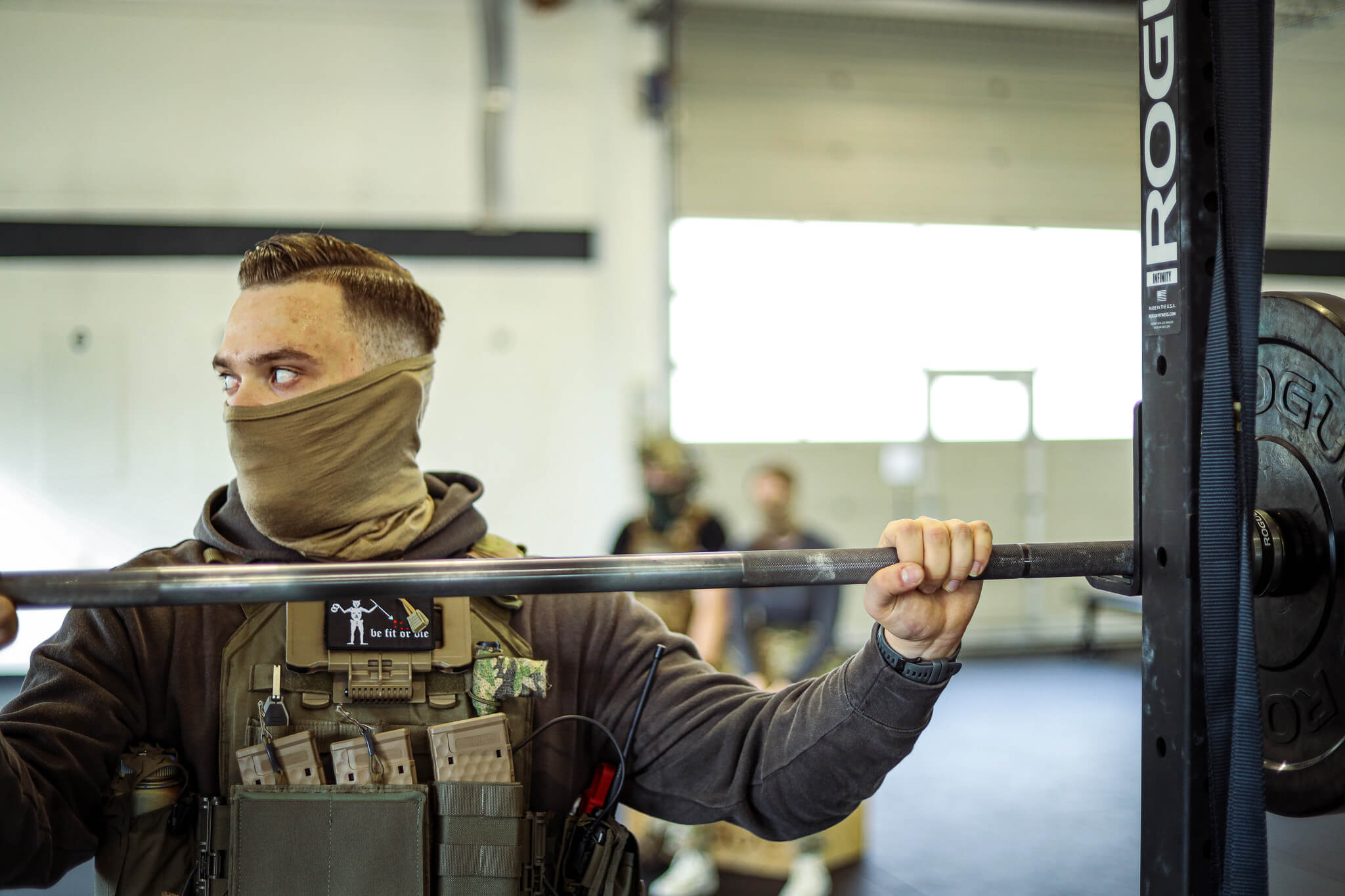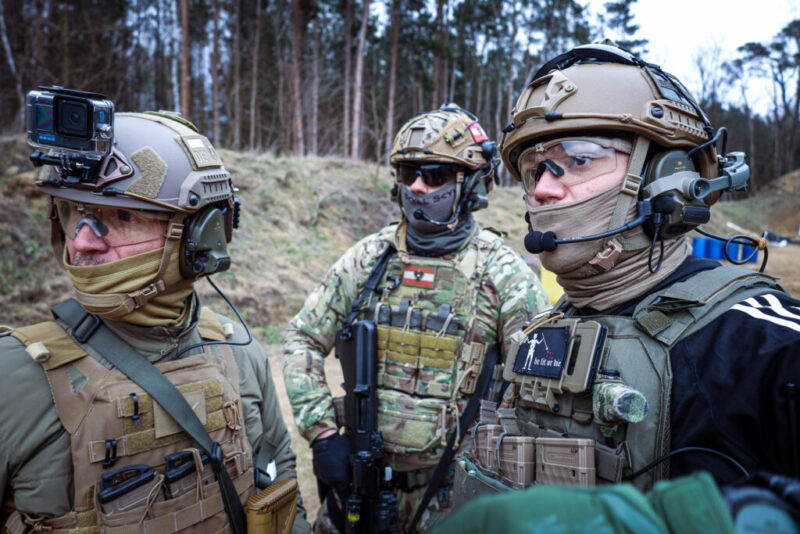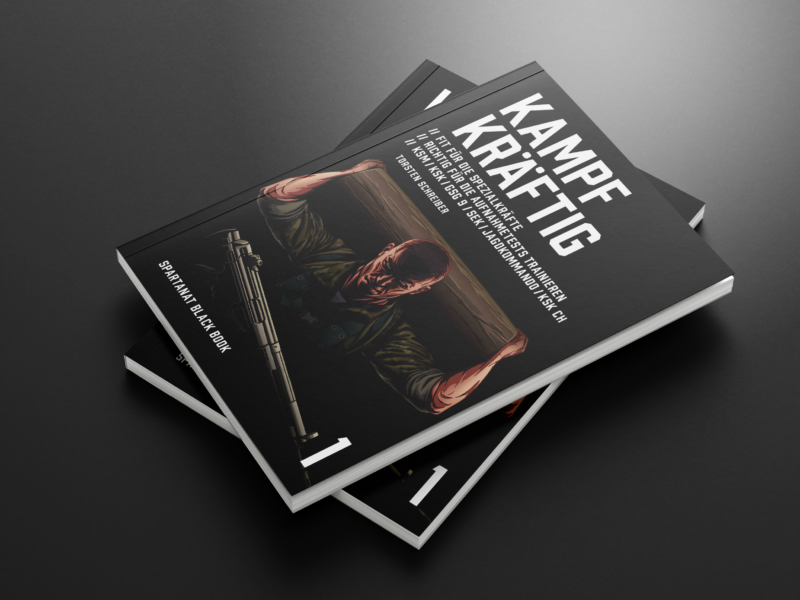Get the weekly SPARTANAT newsletter.
Your bonus: the free E-Book from SPARTANAT.

Das Shin Splint Syndrome (or Medial Tibial Stress Syndrome, Shin Splints etc.) is particularly prevalent in authorities and can pose a special challenge for emergency personnel both physically and mentally.
However, with the right preventive measures, the risk can be significantly reduced in advance. Because the majority of causes for shin splints are avoidable. Through proper training, proper running shoes, etc. We'll get to that shortly.
Shin Splint Syndrome - The 5 W's
In summary, the issue can be broken down into these 5 W's:
- Who - People who repeatedly put strong stress on their legs.
- What - Pain, inflammation, and swelling. Sometimes extreme.
- Where - On the lower leg, in front of or behind the shin.
- When - Often already during the first two kilometers.
- Why - There are several reasons that can contribute, but in most cases it's due to overloading.
What is the Shin Splint Syndrome?
The shin splint syndrome is currently defined as "pain along the posteromedial border of the tibia, occurring during physical exertion, or pain when palpating a five-centimeter area or more of the posteromedial border of the tibia."
Pain can also occur at the front border of the shin, classified as Anterior Tibial Stress Syndrome (ATSS). The cause, prevention advice, and treatment of MTSS and ATSS are the same.
The syndrome is particularly prevalent in long-distance runners and soldiers. Based on our experience in coaching, more than a third of military personnel have had problems with their shins.

Why does it affect soldiers so often?
Exactly how shin splints develop is not yet fully understood, but one of the common causes is the rapid increase in training volume (= running kilometers). This is particularly intensified by running on hard surfaces and in combination with wrong or poor running shoes. Often, there is also a weak musculature in the lower body in general.
Here is a brief list of causes:
- Overtraining or sudden increase in physical activity
- Running on hard or uneven terrain
- Inadequate rest periods between training sessions
- Wearing wrong or old running shoes
- Imbalance or weakness of muscles
- Poor mobility (e.g., ankles)
Prevention
The best prevention against shin splints is to slowly increase endurance training and avoid overtraining. One should not increase running volume every week, and if so, not more than 20 percent. Keeping an eye on recovery is essential! Check out the PPF Germany videos and posts for that.
Additionally, new running shoes should be purchased regularly, preferably in combination with a running analysis. This way, foot misalignments can be identified.
Furthermore, focus should always be on mobility work and strengthening the leg muscles. You can find suitable exercises and tools in our video course “Injury Prevention for Tactical Athletes”.
Conclusion
Shin splints can be very frustrating, emotionally and psychologically challenging, and painful, especially for military personnel. During a course, it can even lead to detachment if the pain becomes unbearable or if a stress fracture occurs.
By gradually increasing training volume along with strength training and mobility exercises, shin splints can be relatively easily avoided. Add appropriate running shoes and the necessary patience.
Already have shin splints? Then PPF Germany can help you. They have developed their own therapy scheme in PPF coaching to be able to run pain-free again. If you want to learn more, you can book a free consultation with a PPF trainer HERE.
PPF GERMANY online
“Kampfkräftig. Fit für die Spezialkräfte” by Christian Väth and Markus Reisner, SPARTANAT Black Book 2, pocket-size paperback, 136 pages, Euro 14.90 - HERE exclusively in the SPARTANAT Shop also available as a bundle with the training log for a year and the Kampfkräftig patch.

SPARTANAT SHOP online
SPARTANAT is the online magazine for Military News, Tactical Life, Gear & Reviews.
Send us your news: [email protected]
Ad
similar
Get the weekly SPARTANAT newsletter.
Your bonus: the free E-Book from SPARTANAT.


